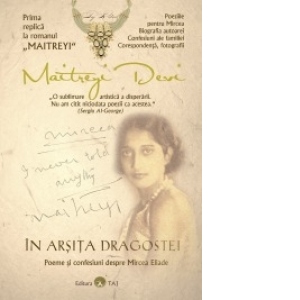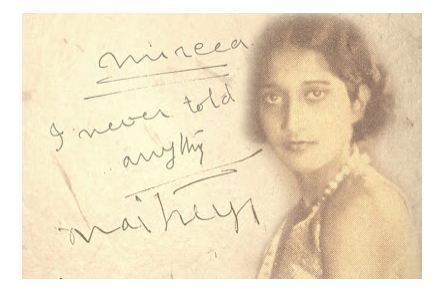

What startled the readers and justifiably took the literary world by storm was Devi’s bold, unabashed portrayal of her love in a lucid and disarmingly impassioned manner which catapulted her to great fame and established her as a litterateur to be reckoned with. Thus, despite nominally relating the same events, they present themselves differently in their viewpoints and storylines. Devi’s novel consolidates its profound position as a powerful analysis of what happens when the collisions between innocence and experience, enchantment and disillusion, and cultural difference and colonial arrogance collide. Today, both those novels, written forty years apart, are often read together as reflecting the emotional aftermath of their doomed romance from two ends of the spectrum. Against a rich backdrop of life in an elite, upper-caste Hindu household, Devi powerfully recreates the confusion of a precocious girl child and depicts a moving account of a thwarted first love fraught with cultural tensions, of false starts and enduring regrets with a contemplative depth.

The autobiographical novel was written in response to Romanian philosopher Mircea Eliade’s book La Nuit Bengali (titled Bengal Nights in English), which related a fictionalized account of their romance during Eliade’s visit to India. Originally published in 1974, Maitreyi Devi’s Sahitya Akademi-winning novel Na Hanyate was translated into English as It Does Not Die. Translated into English as It does not die by University of Chicago Press (1995)


 0 kommentar(er)
0 kommentar(er)
